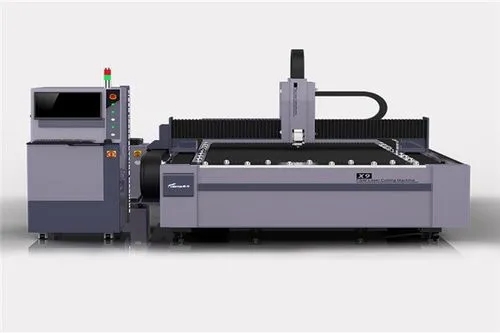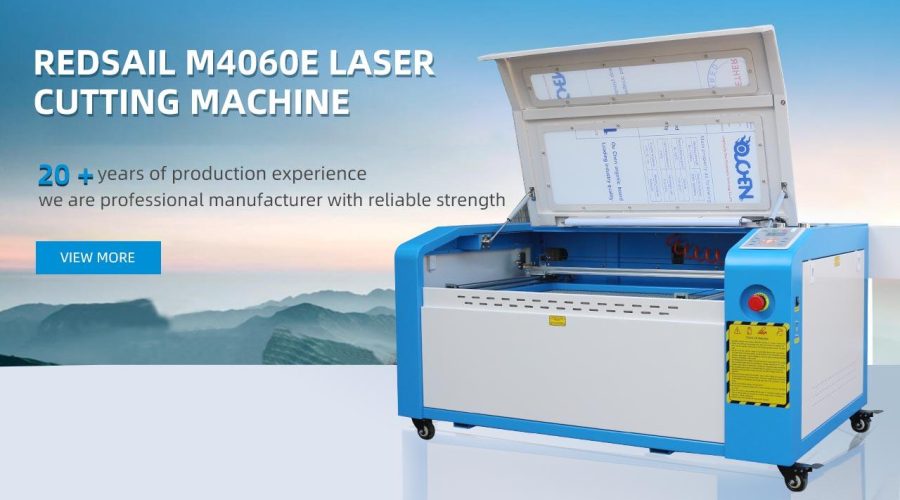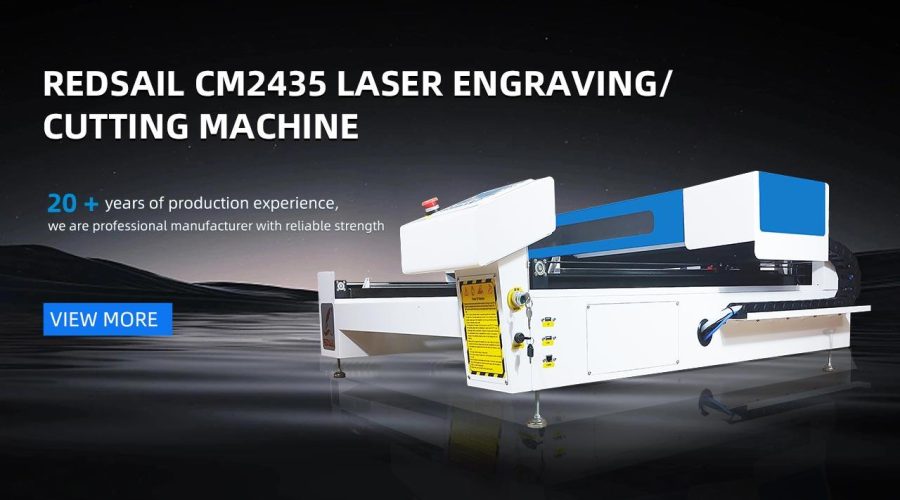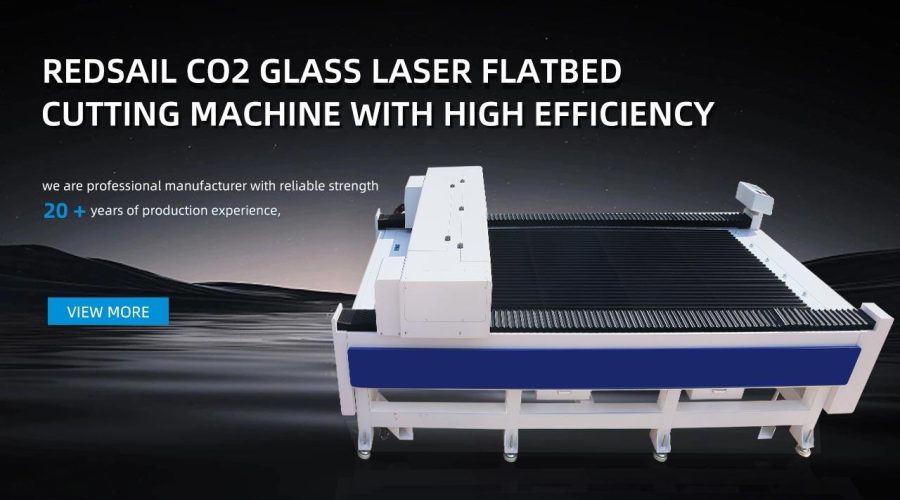In the process of laser cutting, the pressure of auxiliary gas has a great influence on the cutting result. The auxiliary gas must have enough pressure to completely remove the waste slag generated by cutting. Generally, when cutting a thicker workpiece, the air pressure should be reduced a little. The residue stuck to the workpiece will damage the cutting edge.
Increasing the gas pressure can advance the cutting speed, but after reaching a certain value, continuing to increase the gas pressure will cause a decrease in the cutting speed. Under high auxiliary gas pressure, the reason for the reduction of the cutting speed of the laser cutting machine can be attributed to not only the enhancement of the cooling effect of the high air velocity on the laser action zone, but also the interference of the intermittent shock wave existing in the air flow on the cooling of the laser action zone. The uneven pressure and temperature in the air flow will cause the change of air flow field density. Such a density gradient results in the change of the refractive index in the field, which results in the focusing of the beam energy and the refocusing or beam divergence. This interference will affect the melting efficiency, and sometimes it may change the mode structure, resulting in the reduction of cutting quality, if the beam divergence is too large. If the light spot is too large, it may even cause serious consequences that the cutting cannot be carried out effectively.
Why can the laser cutting machine increase the gas pressure to advance the cutting speed
News & Blog





